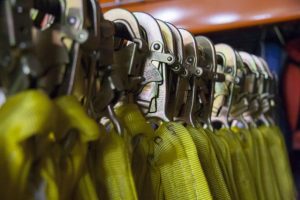How can you better utilize your Personal Protective Equipment (PPE) ?
Rémy PRUD’HOMME, creator of Smart Digital Services and the PPE tracking solution Keep Control, shares his experience: “I’ve faced challenges in ensuring correct use of PPE throughout my career, with support from QHSE (Quality, Health, Safety, and Environment) services. Indeed, I have 25 years of experience in the sale and management of personal protective equipment. So, how can we act to better sensitize PPE carriers? Is it possible to avoid deviant behaviors that could expose them to risk instead of protection? Let’s review together the best practices in using protective equipment: masks, helmets, gloves, clothing, harnesses, safety shoes, and equipment subject to control…”




